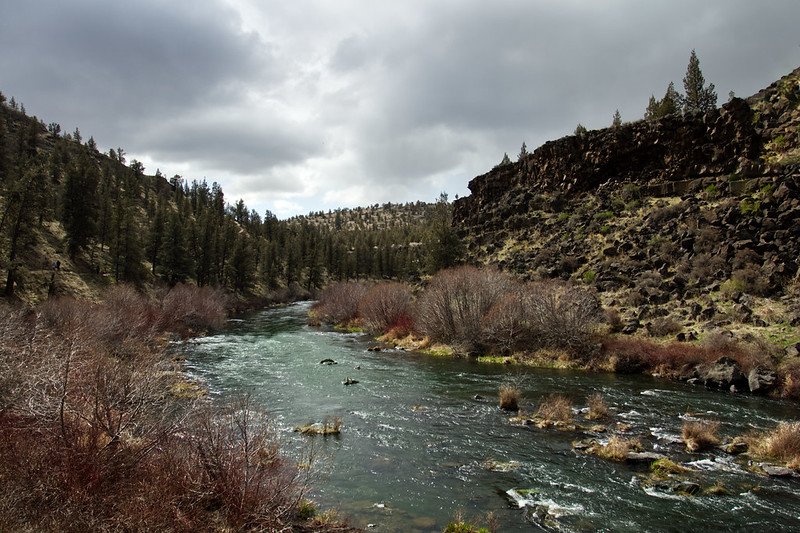Fishing for Salmon on the Elwha

Photo: Bonnie Moreland/Flickr
The story of the Elwha River rising back from the brink is one that gives hope to all conservationists. The 45-mile long river that flows mostly through Olympic National Park into Puget Sound was once the scene of healthy, self-sustaining runs of salmon and steelhead. Then, like most rivers, it was dammed. From 1911 to 2011, three dams blocked 90% of the river’s flow. Dam removal started in 2011, and now the Elwha is a free-flowing river from its headwaters to the ocean.
With the dams gone, fish have eagerly returned. Most are the product of hatcheries, but more and more fish show up each year that are wild-born fish, according to an article from Eco Watch. What stands out the most in that story from Eco Watch, however, is that the Lower Elwha Kallam Tribe have, for the first time in generations, fished for salmon on the Elwha.
In 2022, about 6,800 coho salmon returned to the Elwha. Those numbers were high enough that this year, subsistence fishing opened up for tribal members. The tribe is allotted 400 of the roughly 7,000 coho salmon expected to return to the Elwha this year, per Eco Watch.
“It will be a great time to introduce our children to the river, and hopefully be able to revive some of those basic ceremonies around it,” tribal member Wendy Sampson said as quoted by Eco Watch.
What the Elwha does is give us a blueprint for future dam removals. It inspired the current project of removing dams on the Klamath River in California, which will be the largest dam removal project in the world once it’s completed. If the Klamath follows the Elwha’s lead, we’re sure to see runs of salmon and steelhead return to northern California in the next decade.
In a world where it feels that our trout, salmon, and steelhead stocks are hanging by a thread, it’s heartening to have good news. If we can stand to get out of our own way, then we should be able to save some of the storied anadromous fish that are on the brink of extinction. Now, with the Elwha as proof of concept, we can point to a success story as what we expect will happen. It’s no longer a hope or a dream, but actual fact, that salmon and steelhead will readily recolonize historical habitat if given the chance.
It’s time for us to give them that chance.
New Salmon Strategies Could Reduce Bycatch
Costa's Marlin Fly Project











